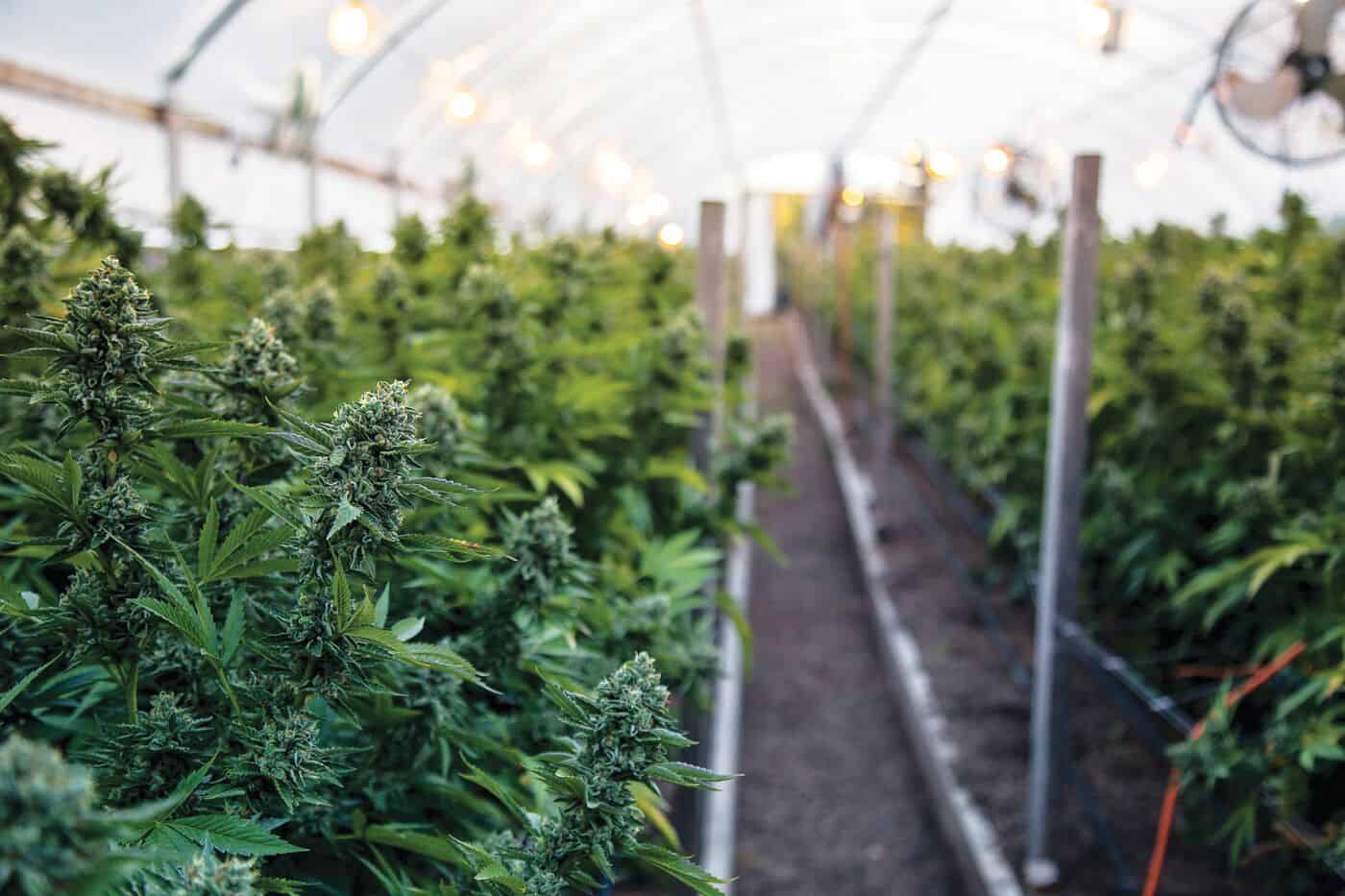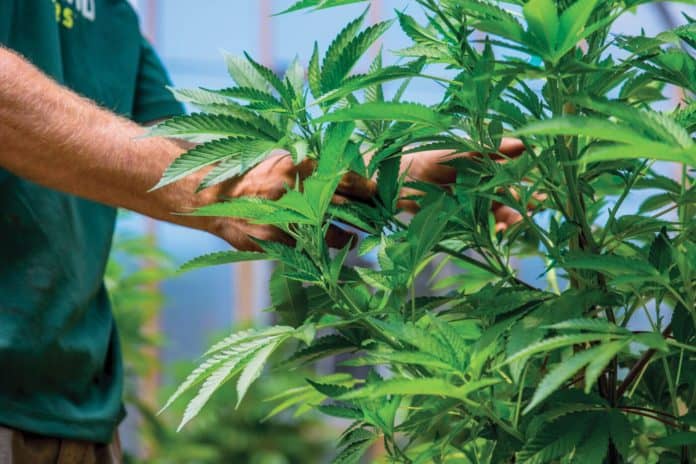There seems to be no end to development and improvement of cannabis genetics. Laboratories continue to tweak and advance crops’ effects, taste, and aesthetics, piquing the interest of growers and consumers across the country. With genetic enhancement, growers now, more than ever, aim to diversify crops and bring numerous high-end strains to market.
Growing multiple strains requires multiple structures or rooms, but to truly maximize crop diversity and bring a wide range of products to market, many grows must produce multiple strains in a single space. Let’s take a look at why grow operations should consider producing as many strains as possible. Then, we’ll examine how growers in any region can set up a profitable operation producing dozens of different strains.
More strains mean more customers
Today’s cannabis market offers thousands of products for consumers to use. This has led to varied, but specific, preferences when it comes to purchasing, whether consumers prefer recreational or medicinal products. In order to become renowned, growers need more than good branding and a high-end product. They must meet the specific needs of as many consumers as possible by growing numerous strains and creating a diverse product line known for quality across the board.
From a recreational standpoint, this means appealing to consumers who prefer the heady high of a sativa, those who seek a relaxing strain of indica, and customers who are looking for hybrid strains. Medical users want help with specific ailments, so having strains that can address depression, anxiety, muscle spasms, pain, insomnia, or any other medical need will help businesses attract more market share.
As a side note, producing several strains allows growers to become better at their job. Gaining experience with as many strains as possible helps growers learn more about the plant and can provide new tricks for growing and troubleshooting. Growers can take pride in what they’ve accomplished and separate themselves from other cultivators by operating a complex setup that’s successfully cultivating multiple strains. On top of that, being able to produce dozens of profitable strains is good bragging material.

To start, growers must establish multiple spaces, and they should outfit each with smart controllers. This will organize the operation and make it easier to address the needs of each strain. Best of all, controllers enable operations to automate many of their tasks, leading to much lower labor costs.
It’s usually best for growers to get a controller for each greenhouse or grow room, but more ambitious souls may use a single controller across their entire operation. Controllers collect data from strategically placed sensors, then interpret the collected data and make the necessary environmental adjustments based on the grower’s preferences.
Will Kacheris, who designs custom greenhouse systems for GrowSpan Greenhouses, pointed out, “Indoor and outdoor sensors can use real-time weather data and greenhouse data to predict the need for heating and cooling, further increasing the efficiency of the systems and preventing overheating or overcooling.”
This means if the environment becomes too cold, the heating system will be turned on; if nutrient levels become too low, a shot of solution can be added to the irrigation line automatically. These are just two examples of the many ways smart controllers make a grower’s life easier.
Growers should group similar strains together and put them in the same greenhouse or grow room. Group indica plants with other indica plants and sativa plants with other sativa plants, broadly speaking. Indica strains tend to be shorter and bushier in nature, while sativa strains are taller and lankier. By grouping like strains together, growers can create a nice, even canopy where all the plants receive proper lighting and none are blocked out by plants that naturally are taller or more robust.
Grouping strains by their nutritional needs also is a good idea. This allows fertigation automation and ensures crops get the nutrients they need when they need them.
Introducing an automated fertigation system will enable operations to be super-specific with nutrient plans. When paired with smart controllers, fertigation systems allow growers to focus on specific nutritional needs of each individual strain without depending on increased labor. In a closed fertigation system, the water is recirculated and electrical conductivity and pH meters constantly monitor the water.
Kacheris described how controllers make managing different strains in one room much easier: “To further diversify growing room uses, fertigation controllers can even split rooms into separate zones, allowing physically similar strains with different nutrient requirements to be grown in the same space.”
When nutrient levels become too low, automated systems automatically dose the water with the grower’s preferred nutrient solution. The systems provide precise nutrient delivery, ensuring crops always are nourished properly, eliminating nutrient waste and human error, and making it easy for operations to reach their highest-quality harvest on a consistent basis.
Growers who aim to produce multiple strains and experiment with new strains should look for the most forgiving growing method. This will help mitigate any less-than-ideal harvests and empower growers to try new plants and techniques without worrying about their operation’s viability.
For both cultivation and financial reasons, establishing a strain-separation operation with greenhouses makes sense. By utilizing multiple structures, operations can organize and group their crops by strain while taking advantage of smart controllers and automated fertigation.
Greenhouses provide the complete environmental control of an indoor room but let growers utilize natural sunlight. This can save tens of thousands of dollars on operating costs. When used correctly, the combination of greenhouses and proper environmental control systems allow for growth of high-quality pot at a low cost per gram. This potential for peak profitability provides operations with more room to play and helps growers feel a little more confident when experimenting with new strains.
If a business is going to make it big in this market, it must meet the needs of as many consumers as possible. To do this, operations must produce as many strains as possible without losing quality or profitability. Utilizing smart controllers and greenhouses allows cultivators to organize their grows better in order to produce multiple strains. When integrated correctly, such systems allow businesses to achieve their peak revenue.










